Silicon Defines the Development of Advanced Vehicle Technologies
【Summary】More so than any other material, silicon is the driving force behind the rapid progression of autonomous and connected vehicles. Chipmaker Renesas has come up with new strategies that optimize the use of modern semiconductors.
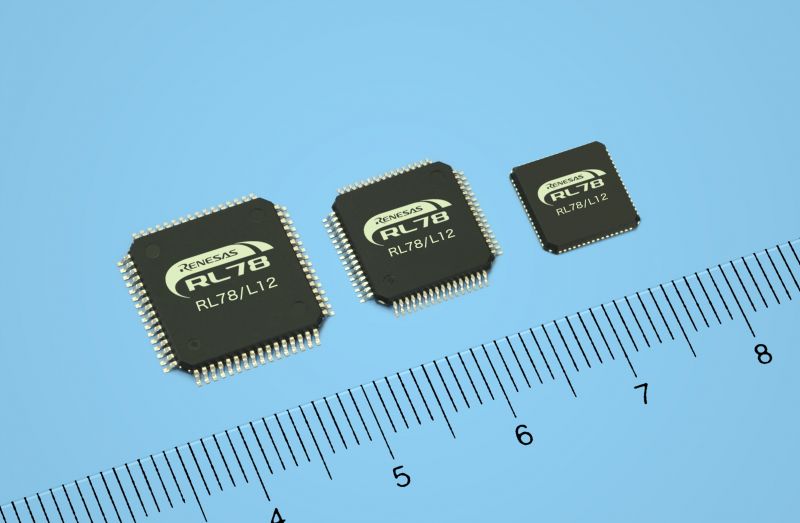
Fifty years ago, improvements in vehicle technology were made with iron, steel, and limited electronics. Progress moved slowly. By comparison, today's vehicles are advancing at a rapid pace. And it's almost entirely because of one material – silicon.
Silicon in the self-driving car movement
It's silicon that does the heavy lifting in autonomous vehicle development. Microcontrollers, and more recently, solid-state sensor and graphics processing units, are the components that make such technology possible.
A lot of resources are consumed by the software that works in conjunction with this silcon-based hardware. Amrit Vivekanand, Vice President of Renesas Electronics Corporation's Automotive Systems Business Division, points out:
"When you look at the computing challenge, it's not so much simply wanting a lot of computing power, it's computing power within a set power level. That impacts heat, which impacts reliability. Software is where power gets consumed. That has a lot to do with how you architect the chips."
And that architecture is a delicate balance. Relying heavily on software decreases chip size but also increases power consumption. On the other hand, designating everything to hardware leads to bigger chips but lowers power consumption.
Making things more manageable with ecosystems
One way to help keep equilibrium is through partner ecosystems. Instead of linking the software and hardware together in one vehicle-wide system, the network is broken down into more manageable chunks.
"The main reason for building ecosystems is time-to-market. When the OEMs want something like a hypervisor, they could do it, but it's quicker for them to deal with a company that is deeply involved in that technology, or any other technology," Vivekanand said.
These ecosystems can also share standardized interfaces. This will promote the creation of third party apps and generally make things less complex.
Demand for GPUs and chip-level vehicle security grows
Graphics processing units (GPUs) were once relegated to personal computers. Now, they see a great deal of use in automotive applications. Sensors in advanced driver assistance (and autonomous) systems rely heavily on images from camera, radar, and lidar. GPUs are needed to process this information.
"We use GPUs for graphics. We do some in-house—they're in our line—and we have a GPU license with Imagination Technology," Vivekanand said. "For special applications like deep learning, we have some custom silicon IP. That's the path we're going down—we feel it's very effective."
A topic that's on the mind of many automotive experts is connected vehicle security. As a result, some manufacturers have begun putting trusted zones and encryption modules on chips. The problem is, this strategy also makes debugging more difficult. Once again, there are always trade-offs.
To make these necessary compromises, changes are happening at all levels of the automotive industry. More startups are beginning to compete with OEM, and as a result, more automakers are deciding to build software in-house. The automotive supply-chain is always changing to meet the demands of today's silicon-driven market.
Source: SAE
-


Tesla Model S Wagon Displayed in Geneva
-

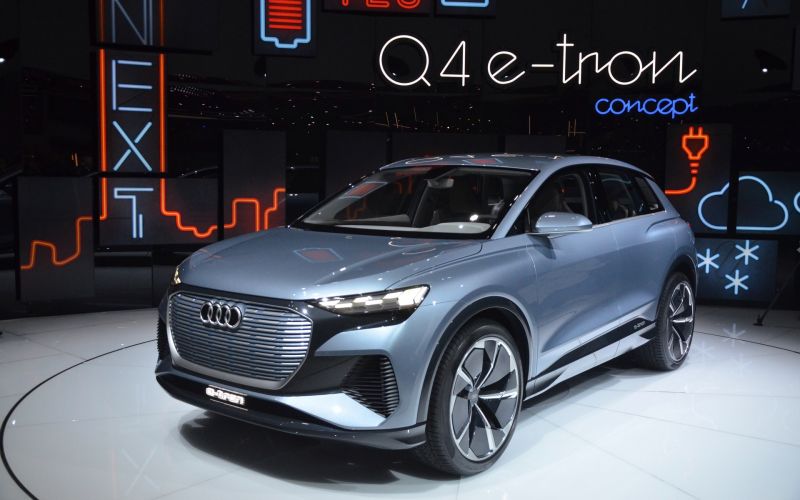
Audi Reveals its Q4 e-tron Concept at the Geneva Motor Show
-

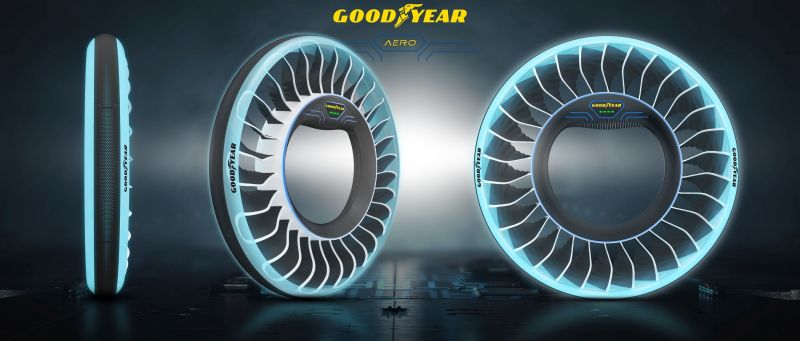
Goodyear Showcases Concept Tire for Flying Cars; 1950's Autonomous Vehicle
-


Kia to Premier Euro-spec Electric e-Soul at the Geneva Motor Show
-


Ford Developing Electric Mustang Crossover That CEO Says Will “Go Like Hell”
-


BMW to Premiere New Plug-in Hybrid Vehicles & Free EV Charging in Geneva
-

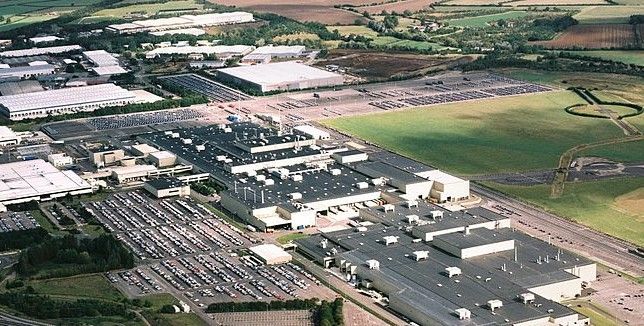
Honda Says EVs, Not Brexit, to Blame for Honda Plant Shutdown
-

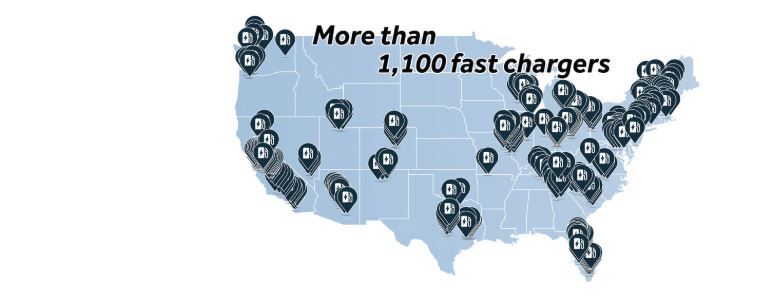
EVgo Charging Network Powers 88% More EVs Than Last Year
- Prioritizing EV Charging in the Planning System
- Cybertruck queues evoke memories of early iPhone frenzy
- Futuristic people mover revealed by Chinese electric-car start-up
- Dacia closes website for Black Friday
- Married At First Sight's Peggy Rose's £100k Car Stolen
- Married At First Sight's Peggy Rose £100k car stolen
- Winter Reminder for Tesla Owners: WD-40 Essential
- 2023 Jeep Grand Cherokee: Daring & Adaptable
- Car tax revenue boost for Treasury
- EV revolution in Indonesia











 About Us
About Us Contact Us
Contact Us Careers
Careers